Chavara Parukutty: Mother of an unfolding revolution in Kathakali
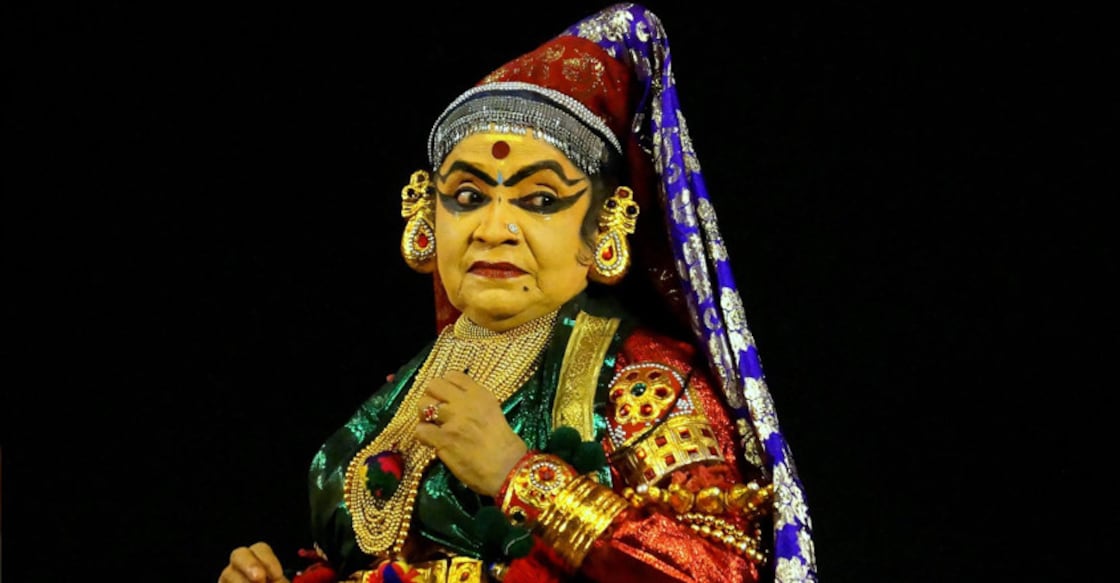
Mail This Article
There is a stark contrast in the nature of those two characters as well as the context of their life that is being portrayed on stage. But Devayani and Kunti were equally impressive in their distinct ways when Chavara Parukutty approached them to unveil the subtleties of Kathakali she had grasped in a career that ended up spanning six decades.
The dainty artiste, tall in her stature as one of the pioneering female practitioners of the classical Kerala dance-drama, died on Thursday night. She would have turned 76 in a fortnight.
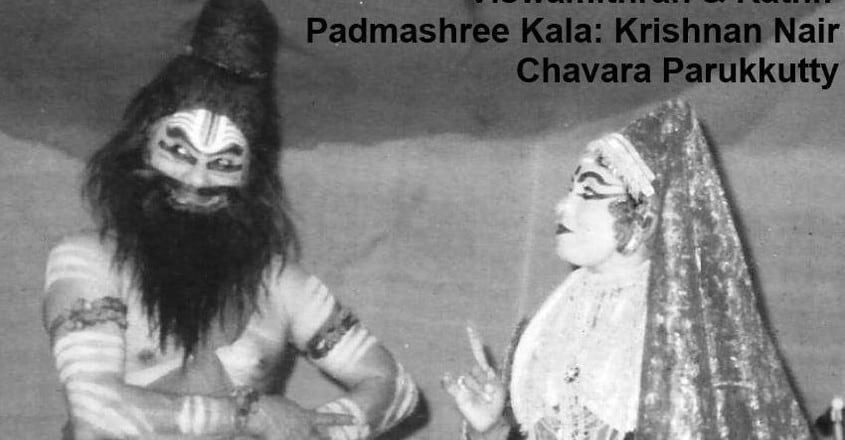
Personal courage is one attribute that got majorly stuck to Parukutty all her life in a male-dominated society. Naturally. Even so, over-emphasis on that point would amount to perhaps overlooking her professional merits. In any case, she was not the first female to grace the four-century-old Kathakali, though Parukutty was definitely the pioneering woman who chose to take up the art as a career to become a mainstream name in the circuit.
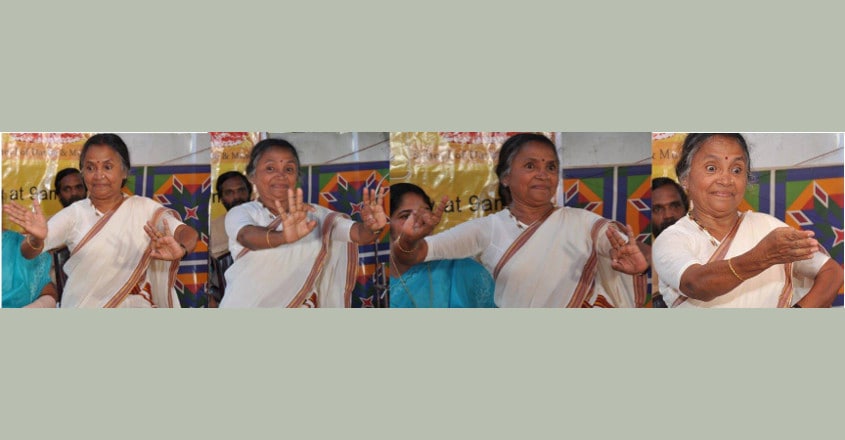
What Kathakali gained in the process was its first brush with a mind that was, well, feminine biologically as well. After all, it takes a lot of extra effort for a male artist, however talented, to go down the mental labyrinths of a love-struck and unmindfully girlish Devayani or a life-chastened and grandmotherly Kunti. No amount of classroom training and presentational experience can guarantee a total departure of manhood from the character he brings out before the audience.
That’s possibly one reason why the Kathakali viewer was particularly engrossed when Parukutty did her woman characters from Indian mythology. Even so, it was not just the approach or look that was dense with femininity; the actress followed artistic techniques that betrayed her mastery in the ballet which had been a male preserve.

The 1943-born Parukutty was a little child spending a free-spirited life in rustic Chavara of southern Travancore when, geographically up the region, Chelanat Subhadra and Kattassery Sarojini Amma had begun gaining name in Kathakali by performing key female roles. Yet the two women artistes from central Kerala couldn’t progress beyond a point when married life mandated they performed the conventional roles of a wife, in-law and mother more than anything. That’s where Parukutty stood apart, making a major mark in the history of the traditional theatre and subsequently proving to be an inspiration as well as confidence-booster for several Malayali females down the timeline. Till date, undoubtedly.
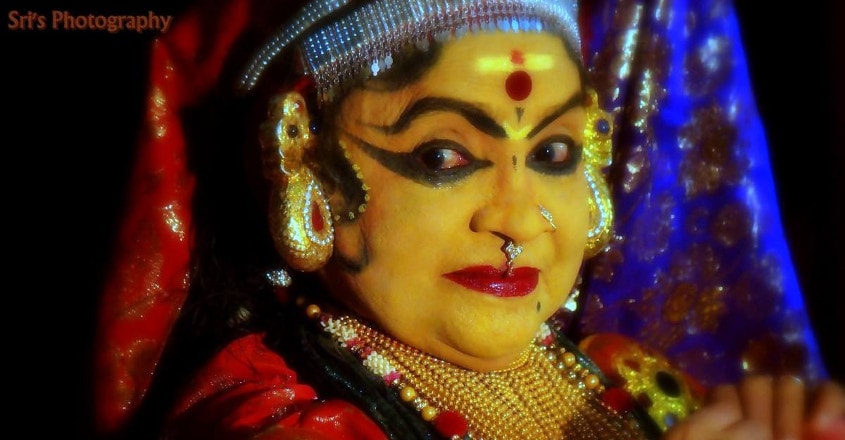
Not that Parukutty chose to be wedded to just her art. She did become a wife, having courted the man for 11 long years. Only to abruptly conclude that chapter with just their daughter in a period of two years after the nuptial. “If Devayani is my favourite role that gives me a lot of stage, it’s also because I have undergone her slice of life myself,” Parukutty used to say, referring to the Purana teenager who lost bitterly in her sincere attempts to live long with a young Kacha — the Deva acolyte in the ashram of her sage-father Sukhracharya who otherwise counselled the Asuras.
The story-play ‘Kacha-Devayani’ has the Kathakali heroine wasting no time to reveal the depth of her admiration for the handsome guest: “Let’s have great fun, mating all night and day” goes the rough translation of a key passage from the verse in well-alloyed Manipravalam language. In the 1960s Kerala, when gender divides were far deeper vis-à-vis today, enacting such an idea should be especially awkward for a young lady. More so when, invariably, the Kacha on stage is a male (and so are the singers and percussionists around). Parukutty performed it well with elan.
The tenacity in her manifested back in the greenroom as well. It’s a 60-watt space where men, boisterous and often drunk, tend to freak out. At least once, Parukutty had to caution sternly a male colleague who sought to misbehave with her during a post-performance banter, the artiste has recalled on record.
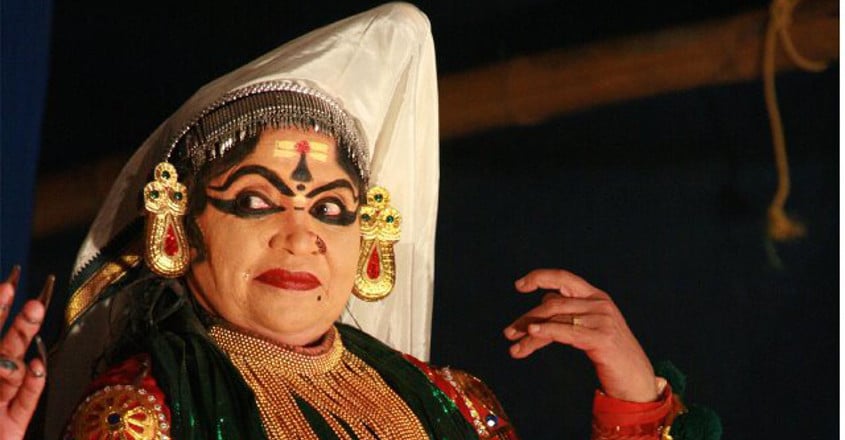
By the mid-1970s, Kathakali got a troupe that even had singers and the odd chenda drummer being females. That was in Tripunithura near Kochi, from where the team would perform across the length of Kerala but mostly in the south of the state. Parukutty was more of an occasional presence with them, for she had already blurred much of the gender bias around her.
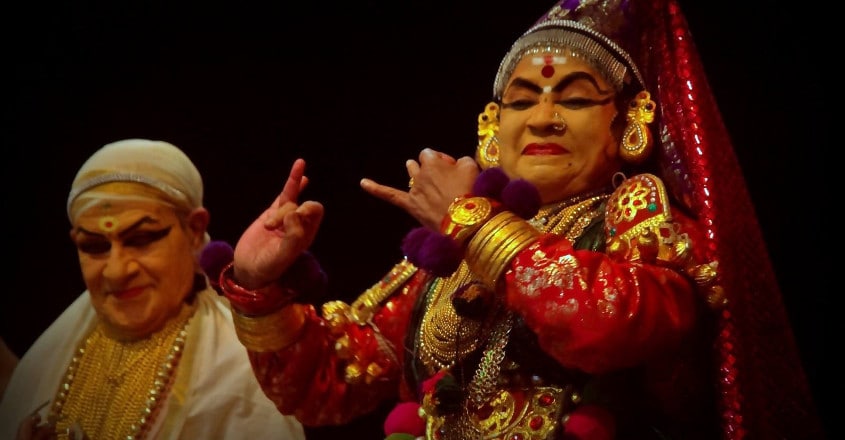
It was around the same time that a nascent play began to gain popularity. ‘Karnasapatham’ from the Mahabharata became a regular title in the list of Kathakali stories, thanks primarily to its melodramatic scene featuring a famed evening meeting between two focal characters. King Karna learns to his shock that the aged woman asking him to side with her sons during the impending war is his own mother. Kunti, thus, comes across as a woman at a crossroads of guilt, pity, cunning and selfishness bordering on cruelty. Parukutty portrayed them all opposite co-actors much elder to her initially and half her age towards the autumn of her own life.
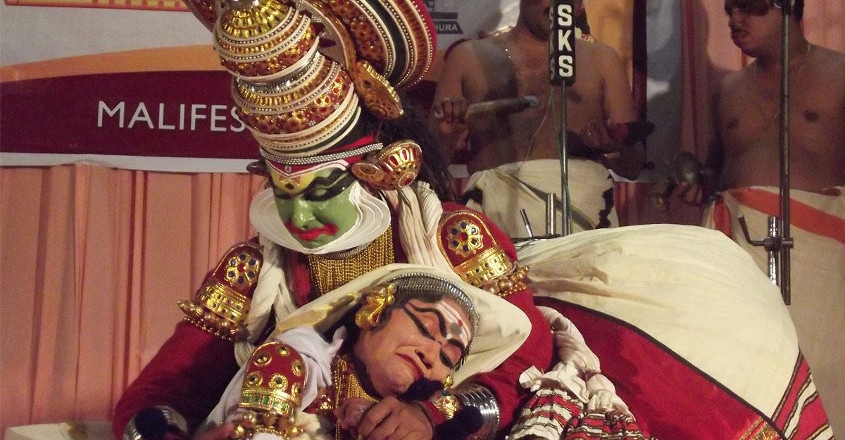
For all the anti-female notions around Kathakali, Parukutty’s profile also throws glimpses at the supportive nature of men in the field — if one were to go by her gurus. Muthupilakkad Gopala Panicker, who warmly initiated her into the art, went on to soon agree with the teenager’s insistence to hit the stage within months of learning the basics. That’s how Parukutty (after a school-days tryst with ‘dance’) debuted as Lalita in Pootanamoksham, depicting the solo role of a demoness getting killed by little Krishna who she tries to breastfeed poison as a mercenary of the boy’s unkind uncle Kamsa. That was in 1958.
Soon, Parukutty got enrolled under another neighbourhood master — to train herself in male roles. Poruvazhi Gopala Pillai groomed her to perform the weighty Bhima’s role in Kalyanasaugandhikam, where the Pandava prince has an unexpected encounter in the forests with his elder brother. That role of Hanuman was performed by young master Madavoor Vasudevan Nair. Incidentally, he died (while performing on the stage) exactly a year before Parukutty did on February 7, 2019.
Parukutty, who meanwhile graduated (in economics), performed male roles in her younger days but they were few and far between. What’s more, “none of them was a major vesham,” she would recount candidly, tacitly underscoring her confidence as a specialist in female characters of Kathakali. Such was her openness in off-stage conversations that Parukutty was sometimes self-deprecating in her anecdotes — a rookie-time performance of hers in ‘Shakuntalam’ being one.
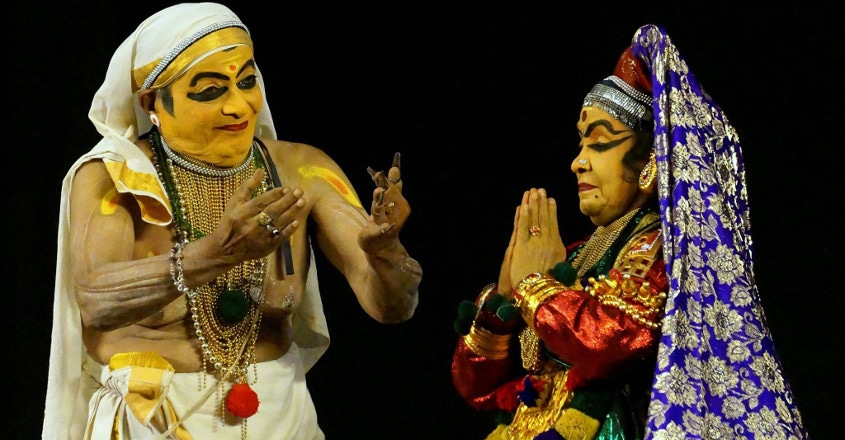
“I noticed the main vocalist, Thakazhi Kuttan Pillai, overcome with emotions while singing for my Shakuntala in the episode where she was to part with her sage-father Kanva. I thought it was testimony to my histrionics,” Parukutty notes in an interview, only to follow up with a comically anticlimactic post-script beginning with “enthuva?” in her Kollam dialect. “You know what? Kuttan Pillai ashan would always be in tears when he sings poignant plots. In fact, he would have his eyes closed then.”
The biggest inspiration for Parukutty who was born to a goldsmith family was her pivotal teacher, Mankulam Vishnu Namboodiri (1908-81). That tutelage under a Brahmin indirectly shows that caste equations did not always stand in the way of imparting art in Kathakali despite a feudal air hanging over it even in present times.
Parukutty had often been vocal about Kalamandalam continuing to bar women from enrolling as Kathakali students, even as it is from the state’s premier performing arts institution her only daughter Dhanya graduated as a dancer in a couple of other south Indian forms. All her life, Parukutty held no grudge against individuals; her fight was against the rot in the system.
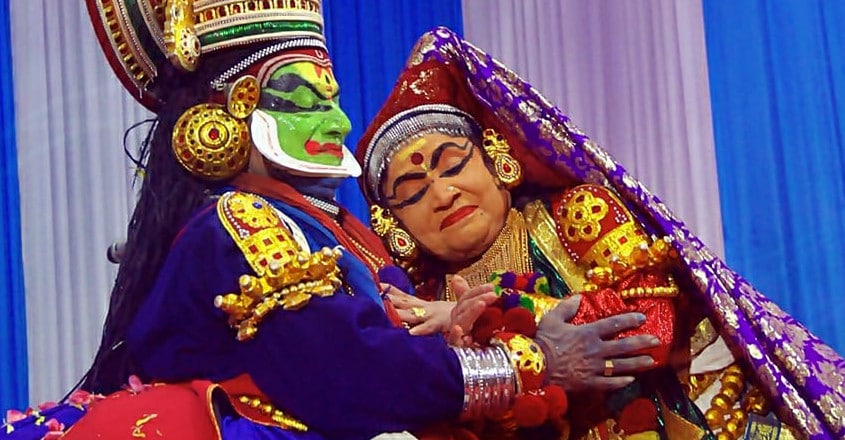
If 21st-century Kathakali shows some tendencies towards being gender-neutral when it comes to practitioners, Chavara Parukutty has played the role of a mother figure in that emerging revolution.

